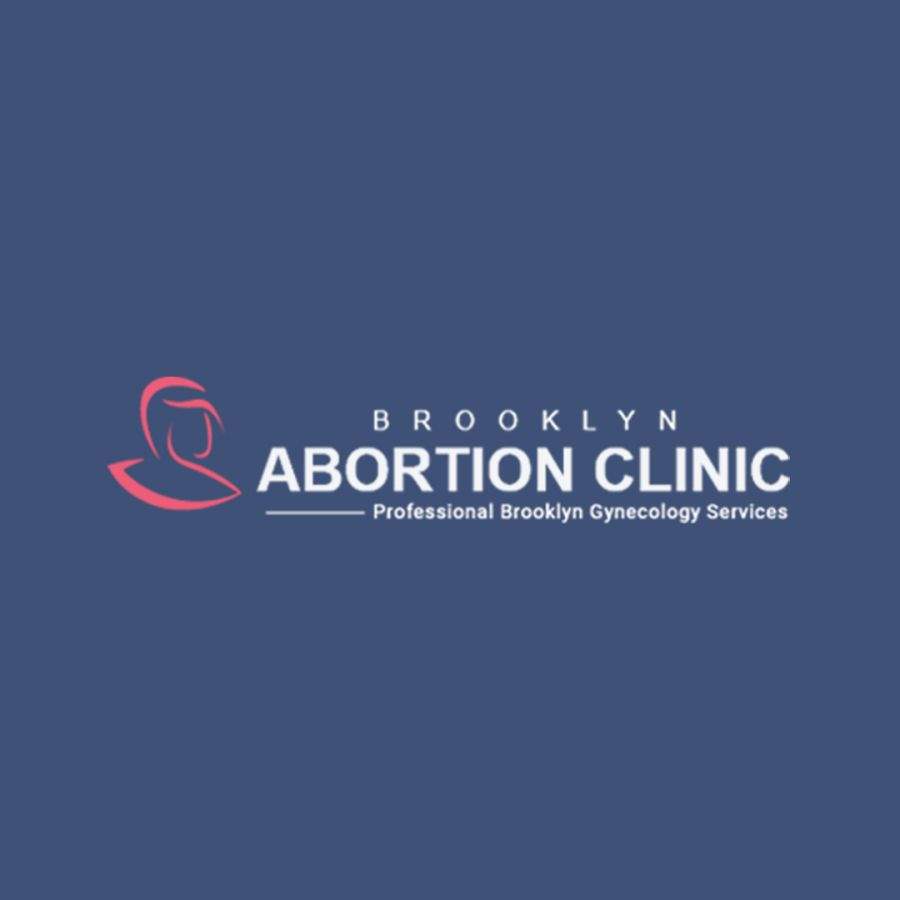Abortion is the ending of pregnancy, by removing the embryo or fetus outside of the uterus before it is able to survive on its own.
Abortions can be spontaneous or induced. Spontaneous abortions are also known as miscarriages and often occur before the 20th week on their own (usually within the first 12 weeks of pregnancy). The main reasons of spontaneous abortions are problems with fetal development, while in some cases even health conditions of the mother play a great role. However, in many cases the reason of the spontaneous abortion is not known. Induced abortion is the intentional termination of the pregnancy, usually in unwanted pregnancies. There are two types (Abortion Options) of induced abortions provided in our abortion clinic: surgical and chemical.
Surgical Abortion Procedures
Manual Vacuum Aspiration – is performed within the first 7 weeks of pregnancy. First the cervix of the uterus is dilated. After a complete dilatation is achieved, the fetus is suctioned out with the help of a syringe.
Dilatation and Curettage – is performed within the first 12 weeks of pregnancy. After cervical dilatation, the embryo and the placenta are sucked out of the uterus with the help of a suction device, and later with the help of a curette, any possible remaining parts of the fetus or placenta are removed.
Dilatation and Evacuation – is performed within 12-24 weeks of pregnancy. First the uterine cervix is dilated, and second the fetus is cut into pieces, to make it easier for removal.
Dilatation and Extraction – is usually performed from the 20th week until full term. During the first two days of the procedure the uterine cervix is dilated. When a full dilatation is achieved, medications to induce labor are administrated. The baby is first delivered up to its head, while with the help of scissors an opening is created in the base of the babies skull to suction the brain with the help of an suction catheter. When the brain is suctioned out, the skull collapses. The rest of the body is delivered through the birth canal.
Suction Curettage – is usually performed after the 14th week from the last menstrual periods. The vaginal cervix is first dilated, and then the fetus is sucked out of the uterus with the help of a suction machine.
Hysterotomy – is usually used after the 18th The procedure is the same as the Cesarean section. The surgeon will cut through the abdomen and uterus to deliver the baby, but in comparison to Cesarean Section, the goal is to have a baby that won’t survive. Usually a wet towel is placed over the babies face to prevent it from breathing, and no medical assistance is given to the baby. Hysterotomy is usually performed when there is a medical reason for terminating the pregnancy.
Prostaglandin – is administrated after the 15th week of pregnancy. It is well known that administration of prostaglandin will induce contractions. This procedure is not preferred, because there have been cases when due to intense contractions the uterine rupture occurred.
Saline – is also administrated after the 15th week of pregnancy. With the help of a long needle, which is inserted into the amniotic sac, the amniotic fluid is sucked out and it is replaced by a strong saline solution. The fetus absorbs the saline solution. This procedure can take up to 6 hours for the fetus to die, and labor usually begins after 12 hours. It may take up to 24 h to deliver the fetus.
Chemical Abortion Procedures
Morning after Pill – are used within 72 hours of unprotected sexual intercourse. Large doses of Levonorgestrel are administrated to prevent the implantation of the embryo in the uterus. There are usually two pills. The first pill should be taken as soon as possible after the sexual intercourse, while the second pill should be taken twelve hours after the first one.
Methotrexate and Misoprostol – these two drugs are used in combination in cases of induces abortion. Methotrexate is normally used in chemotherapy to treat cancer, while in cases of induced abortion it causes the death of placental cells. Misoprostol is usually used for ulcer treatment, while in cases of induced abortions it expulses the embryo from the uterus by causing uterine contractions.
The abortion Pill or Mifepristone – the best time for the abortion pill is within the first 4-7 weeks of the last menstrual period. Mifepristone interferes with normal levels of Progesterone. Progesterone is a hormone, which plays a big role in pregnancy. It is well known that progesterone helps the embryo to get implanted into the uterus wall.
Brooklyn Abortion Clinic
14 DeKalb Avenue 4 floor,
Brooklyn, NY 11201
(718) 369-1900
Web Address https://www.brooklynabortionclinic.nyc/
E-mail info@brooklynabortionclinic.nyc
Our location on the map: https://goo.gl/maps/PiZocruzmE7w1BLx6
Nearby Locations:
Downtown Brooklyn | Clinton Hill | Prospect Heights | Gowanus | Cobble Hill
11201| 11238 | 11217
Working Hours
Mon – Sun: 7:00 am – 10:00 pm
Payment: cash, check, credit cards.
Our social links:
View other locations Brooklyn Abortion Clinic has been mentioned

